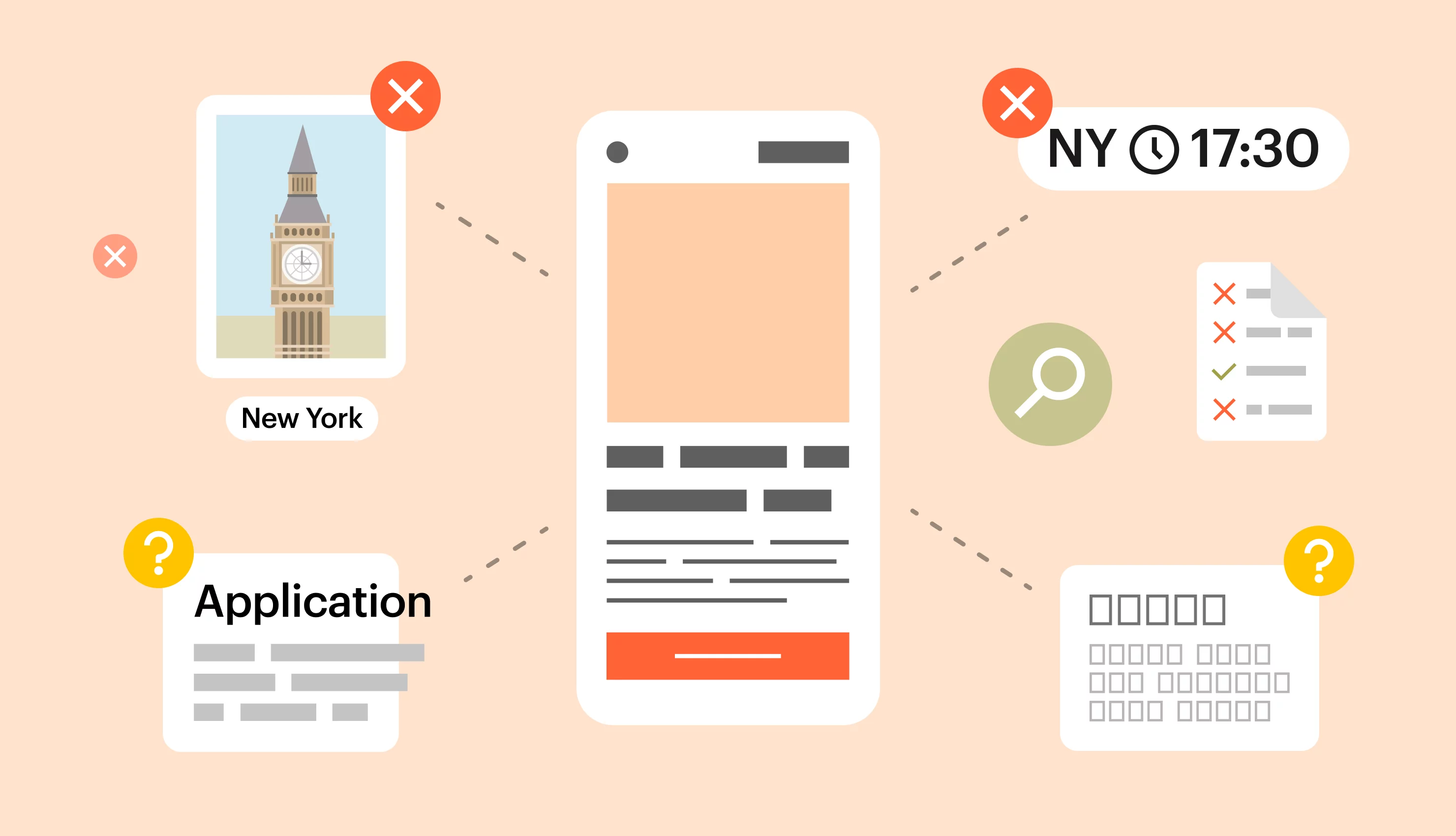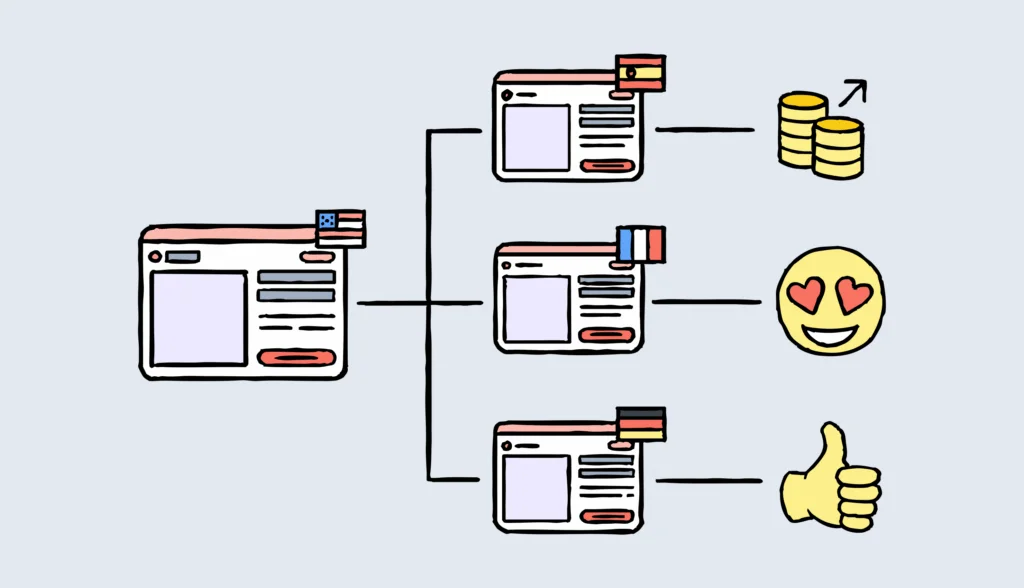When you’re deep in the trenches of coding, lost in a sea of algorithms, data structures, and design patterns, it can be easy to overlook the subtler elements of software development. However, as you strive to extend your digital reach, one aspect that shouldn’t be brushed aside is translation testing.
Understanding translation testing
Before we delve into the nuances of this topic, let’s get the basics straight. Translation testing isn’t just about proofreading; it’s a comprehensive evaluation of the quality and accuracy of translated content within a software product. It covers all the text visible to the user, including menus, user interface text, error messages, and more. In essence, translation testing is all about ensuring that the translated content resonates with users in their preferred language.
The nitty-gritty of translation testing
Effective translation testing requires a meticulous review of the product’s user interface, documentation, and other elements to validate that everything has been translated accurately, and it’s free of errors. It not only scrutinizes the translation but also the context in which translations appear, such as formatting, layout, and user experience.
Translation testing involves guaranteeing that the translated content is culturally relevant and sensitive, critical for handling idiomatic expressions or colloquialisms that may not have a direct translation. It also ensures the translated content is consistent throughout the product, avoiding user confusion or frustration that can impact product success.
Testing and other challenges
The complete guide to solving the biggest localization issues for developers
DownloadThe importance of translation testing in a global market
In case you need further persuading about the importance of translation, here’s a stat – 76% of online shoppers prefer to buy products with information in their native language. In an increasingly globalized market, it’s imperative to cater to users worldwide by providing multi-language content.
Proper translation testing can avert costly blunders that might tarnish a company’s reputation in new markets. In marketing translation, remember that a simple translation error can be perceived as a sign of low-quality or untrustworthy products, potentially hurting sales and brand loyalty.
Key benefits of translation testing
Let’s move beyond the ‘what’ and ‘why’ to explore the perks of translation testing.
Boosting user experience
Investing in translation testing can dramatically enhance the user experience. Serving users in their native language eliminates language barriers and promotes better customer relationships. A seamless user experience can enhance your brand’s reputation, foster loyalty, and generate repeat business and referrals.
For example, imagine a user visiting a website in a language they are not fluent in. The user may become frustrated and leave the site if they cannot understand the content. However, if the website is translated into their native language, they will be able to easily navigate and understand the content, leading to a positive experience with the brand.
Enhanced market reach
Translation testing helps diversify your customer base by expanding the scope of your product to reach non-English-speaking markets. Offering translated products shows that you consider the needs of all customers, opening up new revenue streams.
For example, if a company only offers its products in English, it is limiting its potential customer base to English-speaking individuals. However, if the company offers translations in multiple languages, it can reach a wider audience and increase its market share.
Reduced development costs
Engaging professional translators and using translation testing tools helps identify issues early, saving money in the long run. It’s always more cost-effective to fix issues during the development phase than post-launch.
For example, if a company launches a product without proper translation testing, it may encounter issues that require expensive fixes down the line. However, if the company invests in translation testing upfront, it can identify and address any issues before the product launch, saving time and money in the long run.
Elevating product quality
Translation testing is a critical component of comprehensive software testing, contributing to a high-quality end product. It helps provide a better user experience, building a reputation for precision and competence.
Streamlined localization process
Translation testing refines the localization process, catching errors before content is sent for translation, saving time, and ensuring smoother development.
Implementing translation testing in your workflow
To effectively navigate the international waters of software distribution, your product or service needs to be accurately translated and localized for your target audience. That’s where translation testing plays a crucial role.
Choosing the right translation testing tools
With an array of Translation Management Systems (TMS) and translation testing tools on the market, it’s crucial to find a solution that fits your workflow, budget, and team’s requirements. The process can be confusing, which prompted us to write a blog post to guide you through the process.
Integrating translation testing into your process
A crucial step is integrating translation testing and translation review into your workflow. Early involvement of translators and testers in the project ensures they understand the product’s context, providing valuable feedback to improve translations if required. Incorporating translation testing and translation review into the overall development process ensures that translation issues are identified and resolved before they cause problems.
One way to integrate translation testing into your workflow is to create a separate testing phase for translated content. This phase should include testing for functionality, usability, and cultural appropriateness. This will help ensure that the translated content is not only accurate but also appropriate for the target audience.
Collaborating with professional translators
Working with native professional translators and testers guarantees accurate and culturally acceptable translations. Understanding what are translation services helps you appreciate the invaluable insight they provide into the local culture, ensuring your product is culturally sensitive and appropriately localized in different markets.
For example, certain colors or symbols may have different meanings in different cultures. Professional translators and testers can help ensure that your product or service is not offensive or inappropriate in any way.
In an increasingly globalized market, translation testing is a critical aspect of software development that yields substantial benefits. By integrating translation testing into the development process and partnering with professional translators, software companies can deliver quality products to global audiences while maintaining a robust brand reputation.
Testing and other challenges
The complete guide to solving the biggest localization issues for developers
DownloadFAQs
What are the potential risks of not conducting translation testing for software products?
Not conducting translation testing can result in various risks. Translated content may contain errors or lack accuracy, leading to misunderstandings and user frustration. It can also damage a company’s reputation, as poor translations can be seen as signs of low quality or untrustworthiness, potentially impacting sales and brand loyalty in new markets.
How does translation testing contribute to the overall quality of a software product?
Translation testing plays a crucial role in ensuring a high-quality software product. It helps identify and fix translation errors, ensuring accurate and culturally sensitive content. By providing a seamless user experience in multiple languages, translation testing enhances a brand’s reputation, fosters customer loyalty, and generates repeat business and referrals. Additionally, by catching and addressing issues early in the development process, translation testing helps streamline the localization process and reduces development costs.
Further reading





